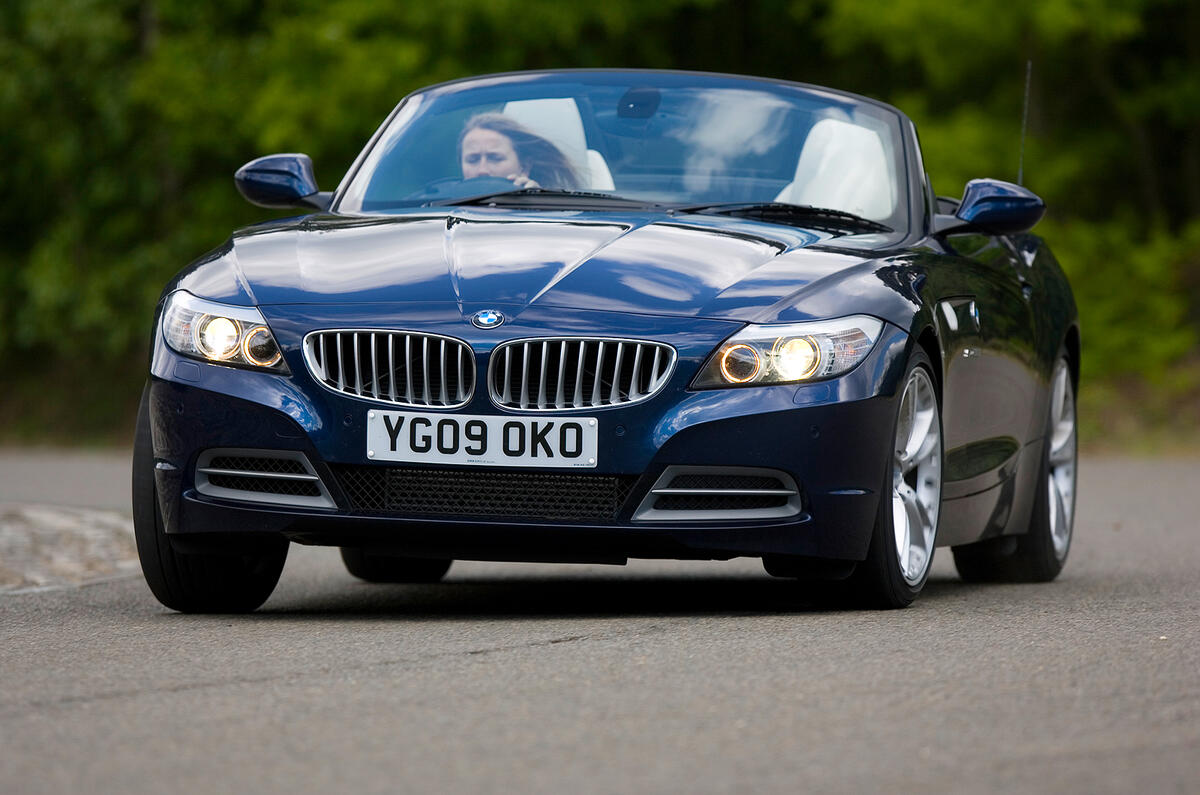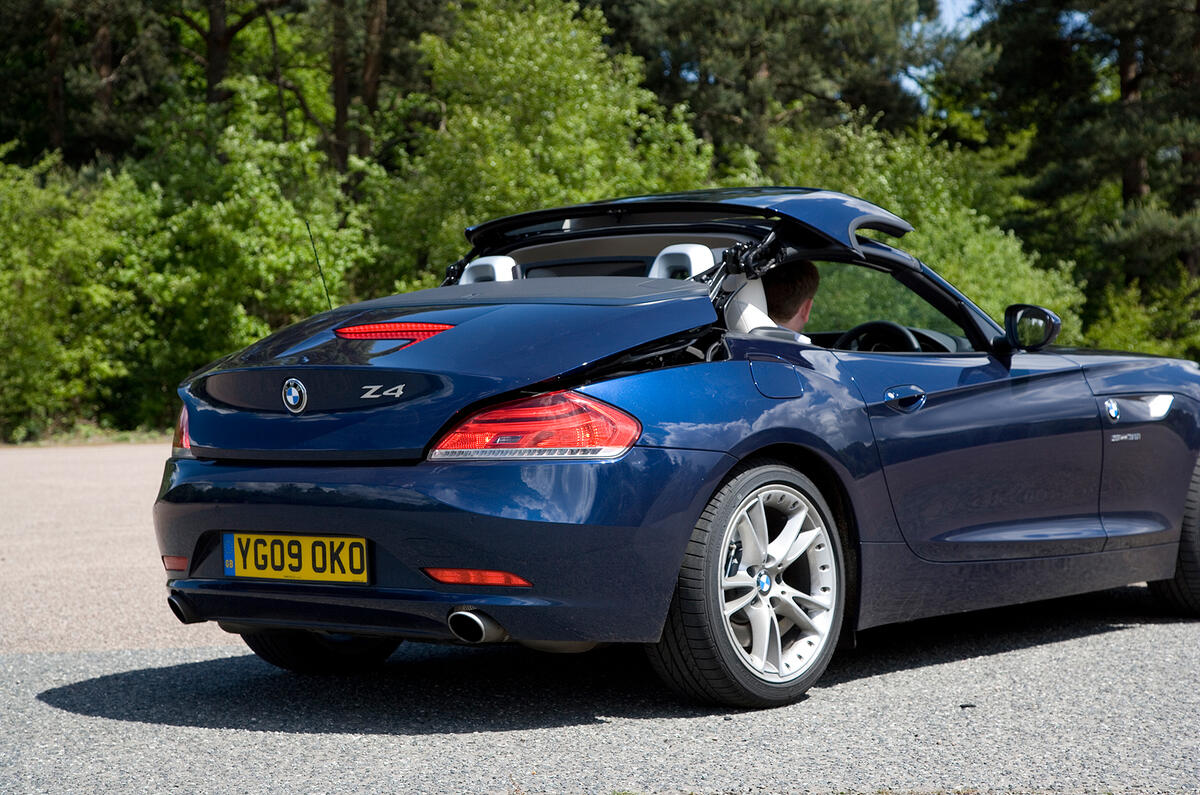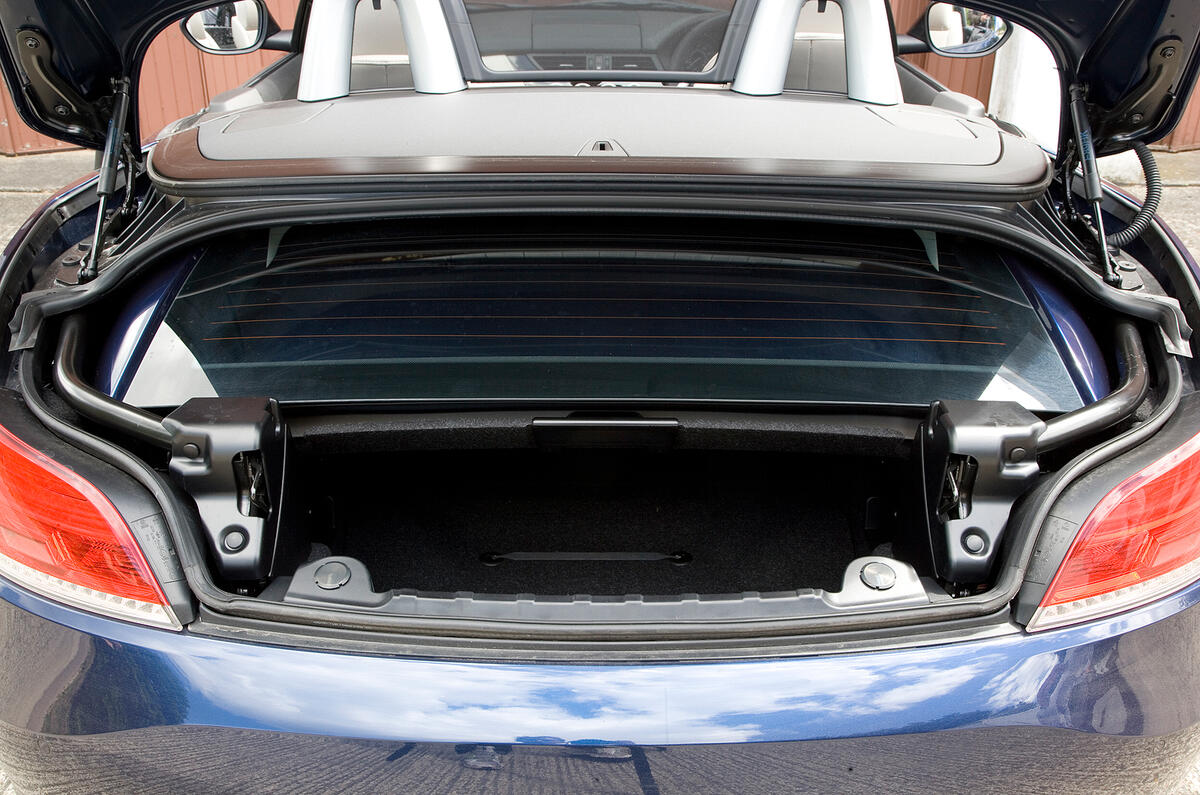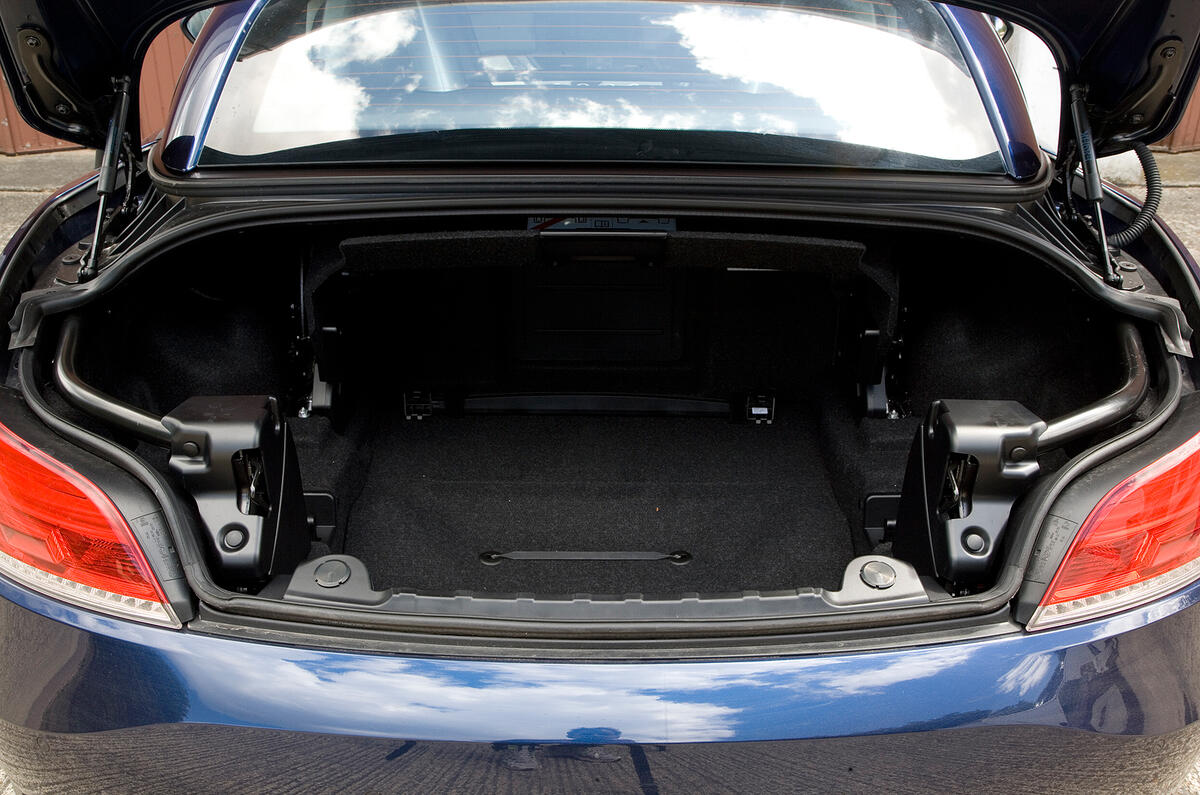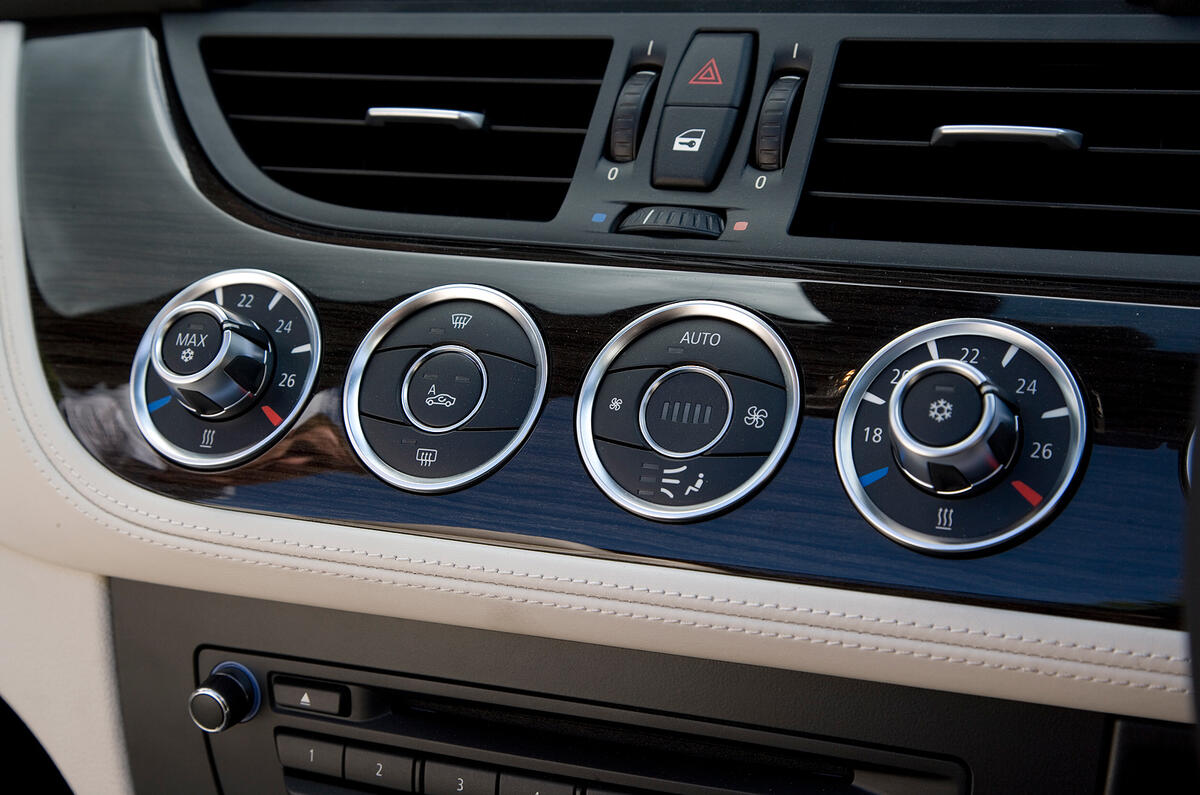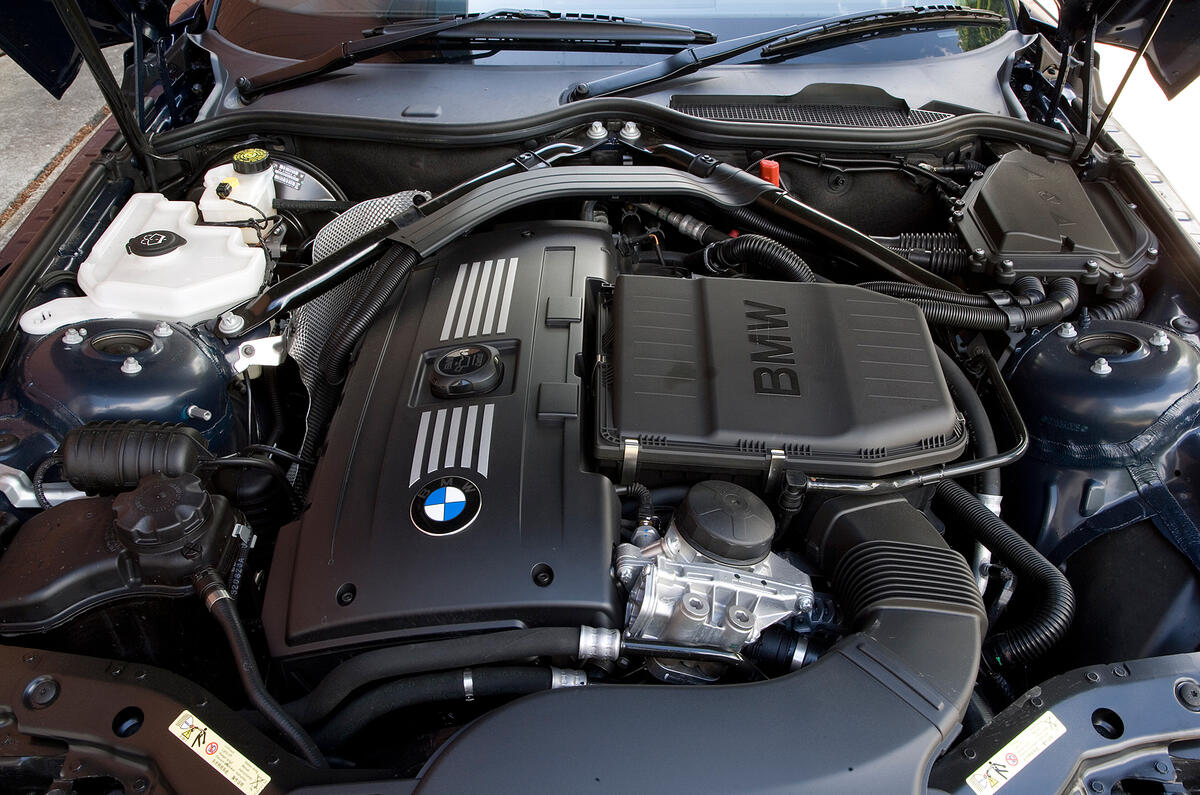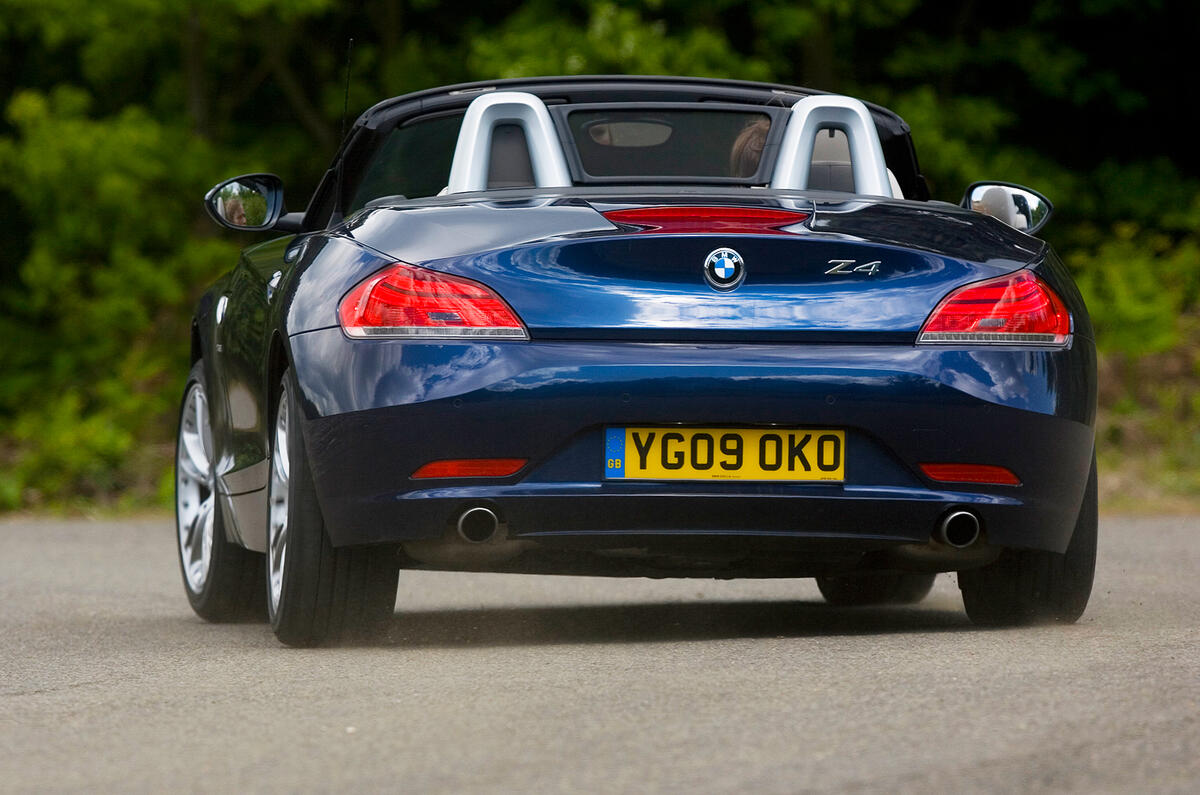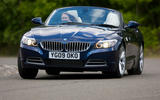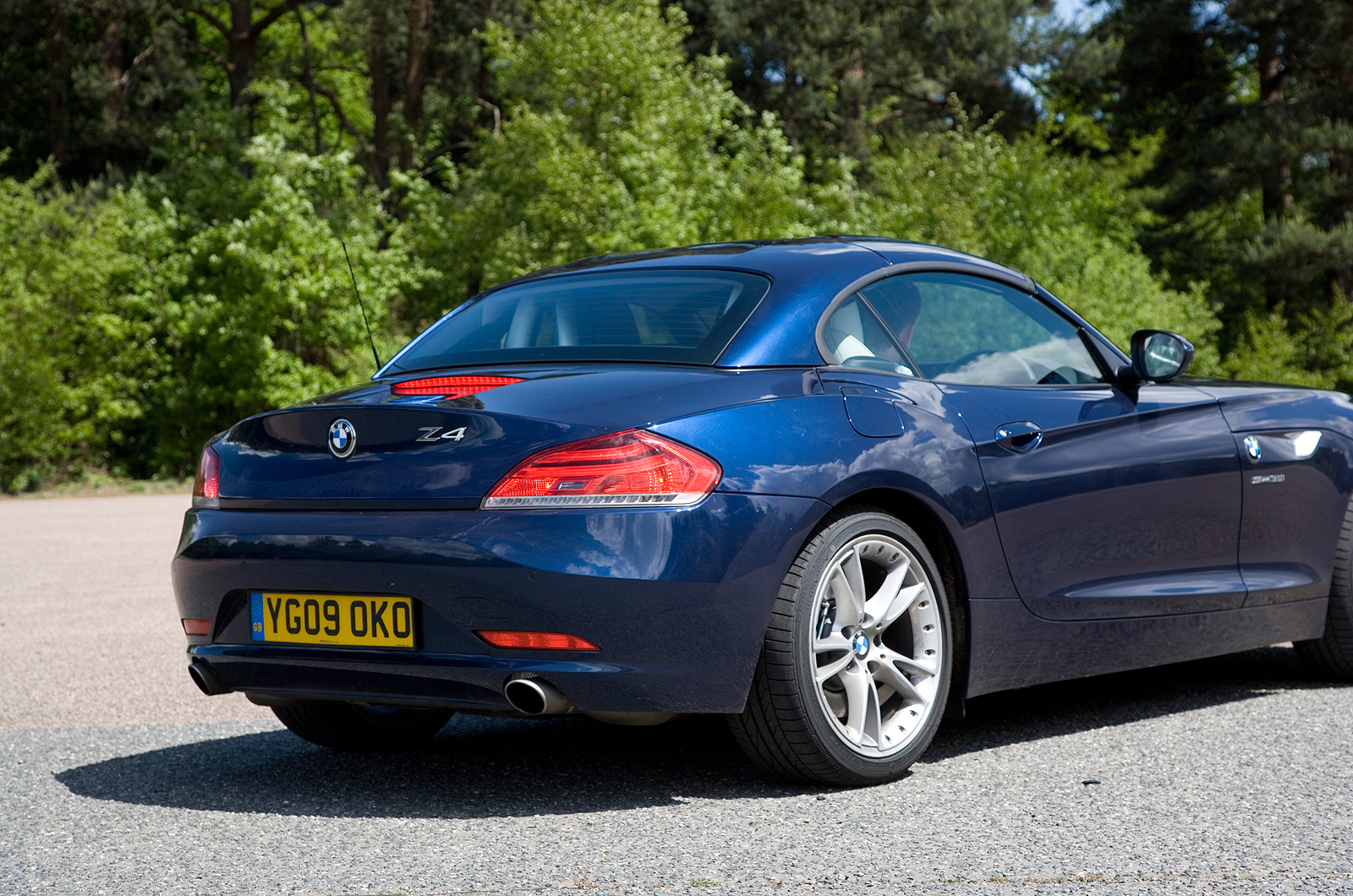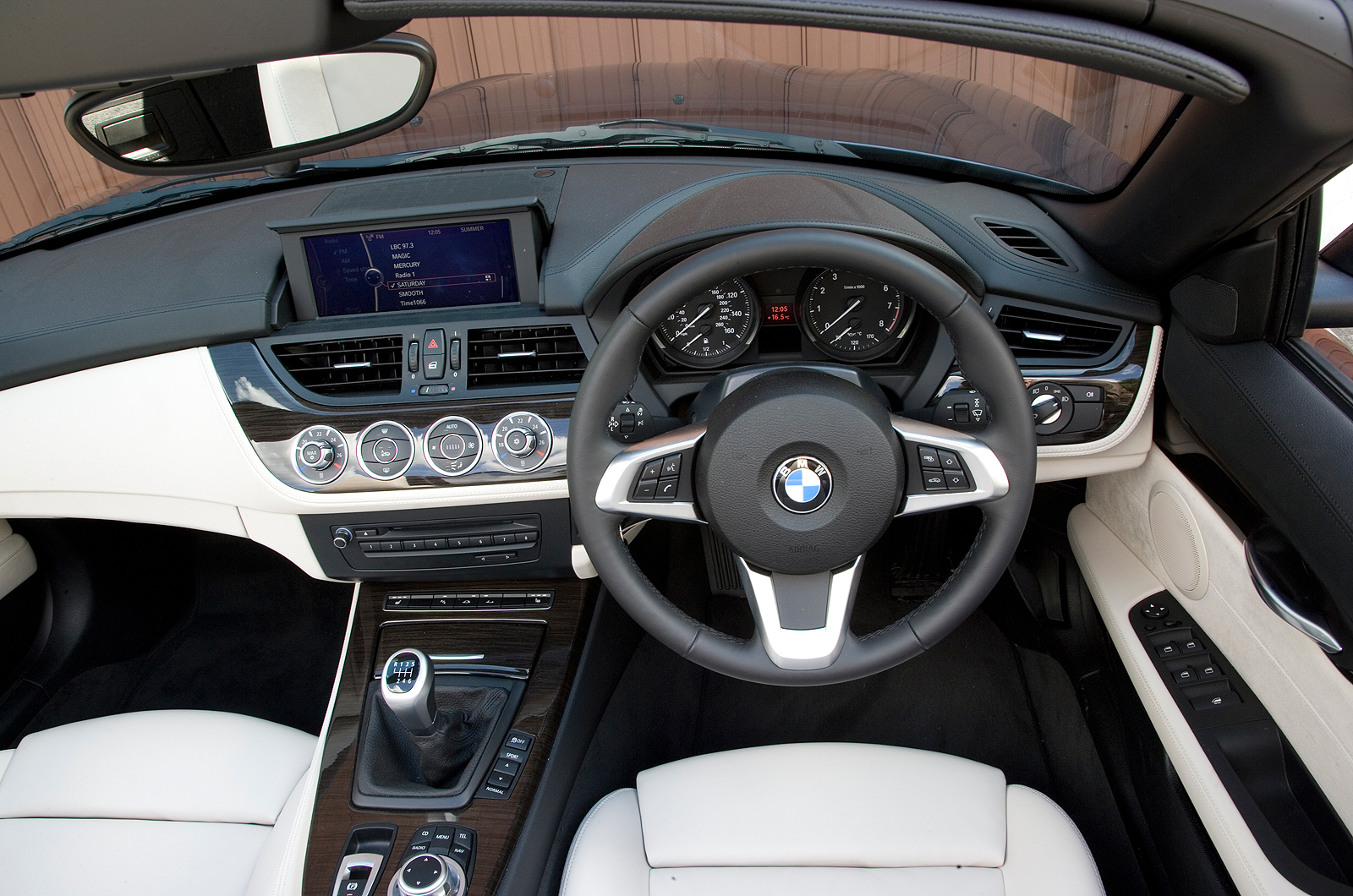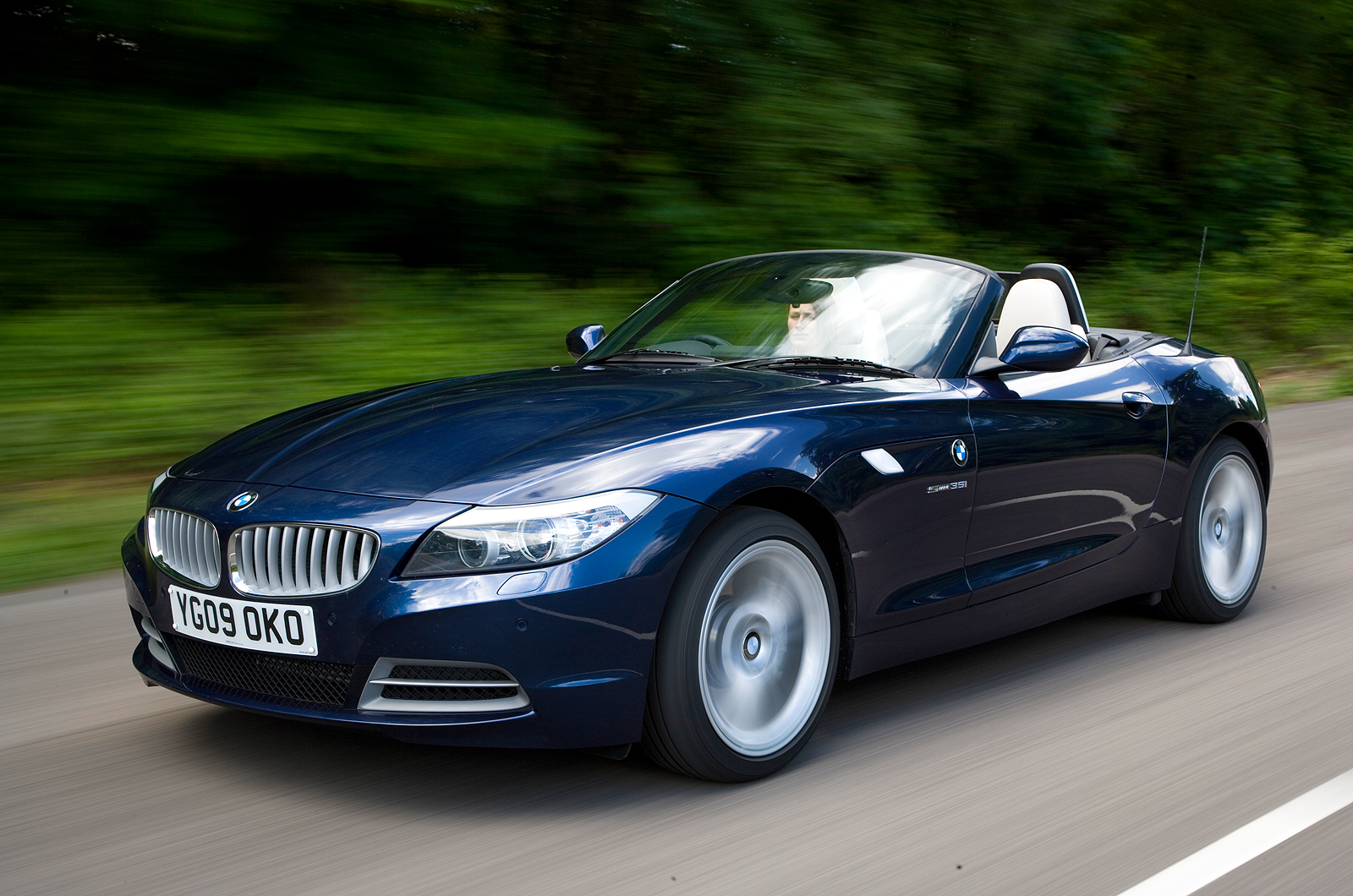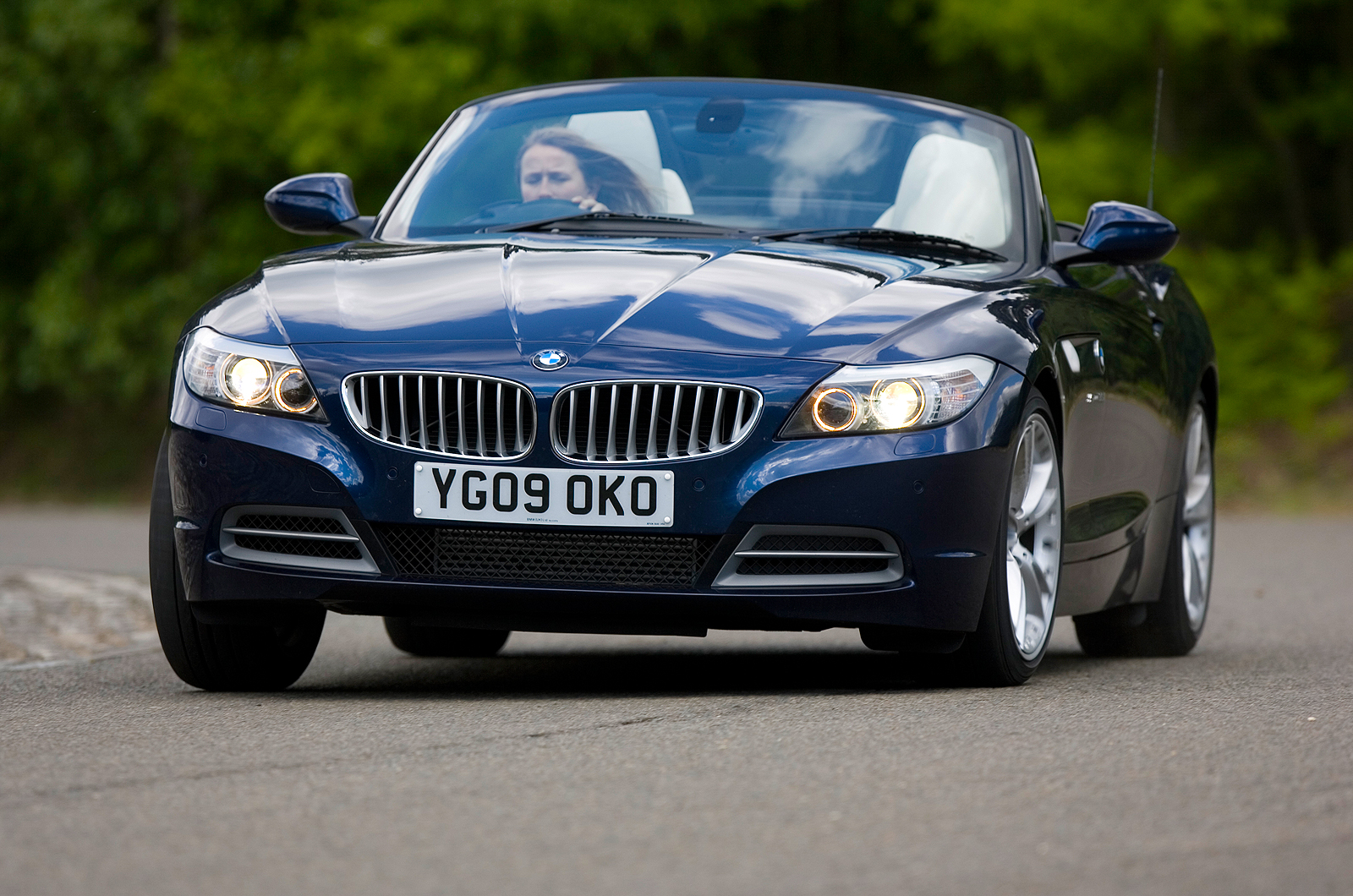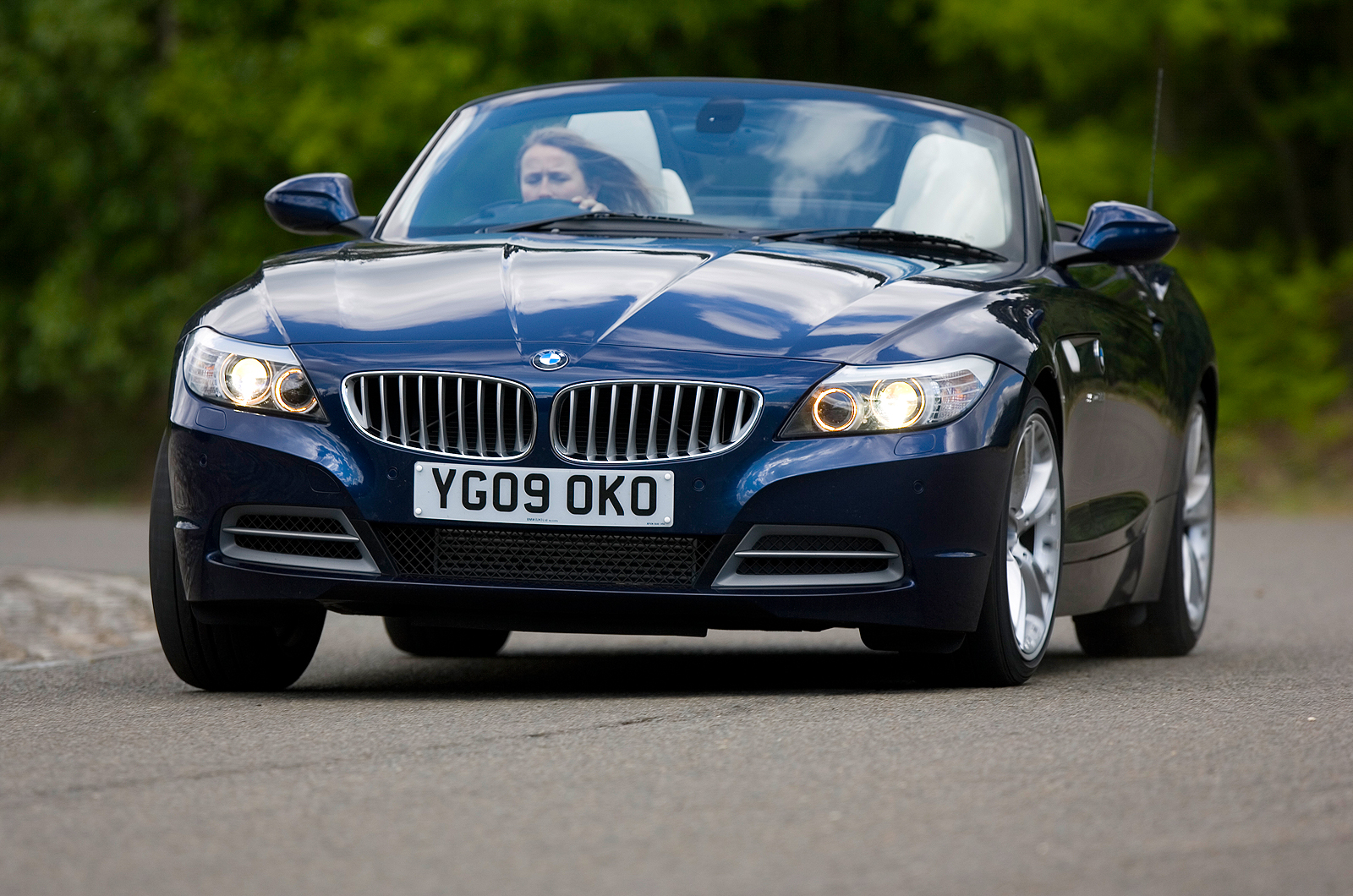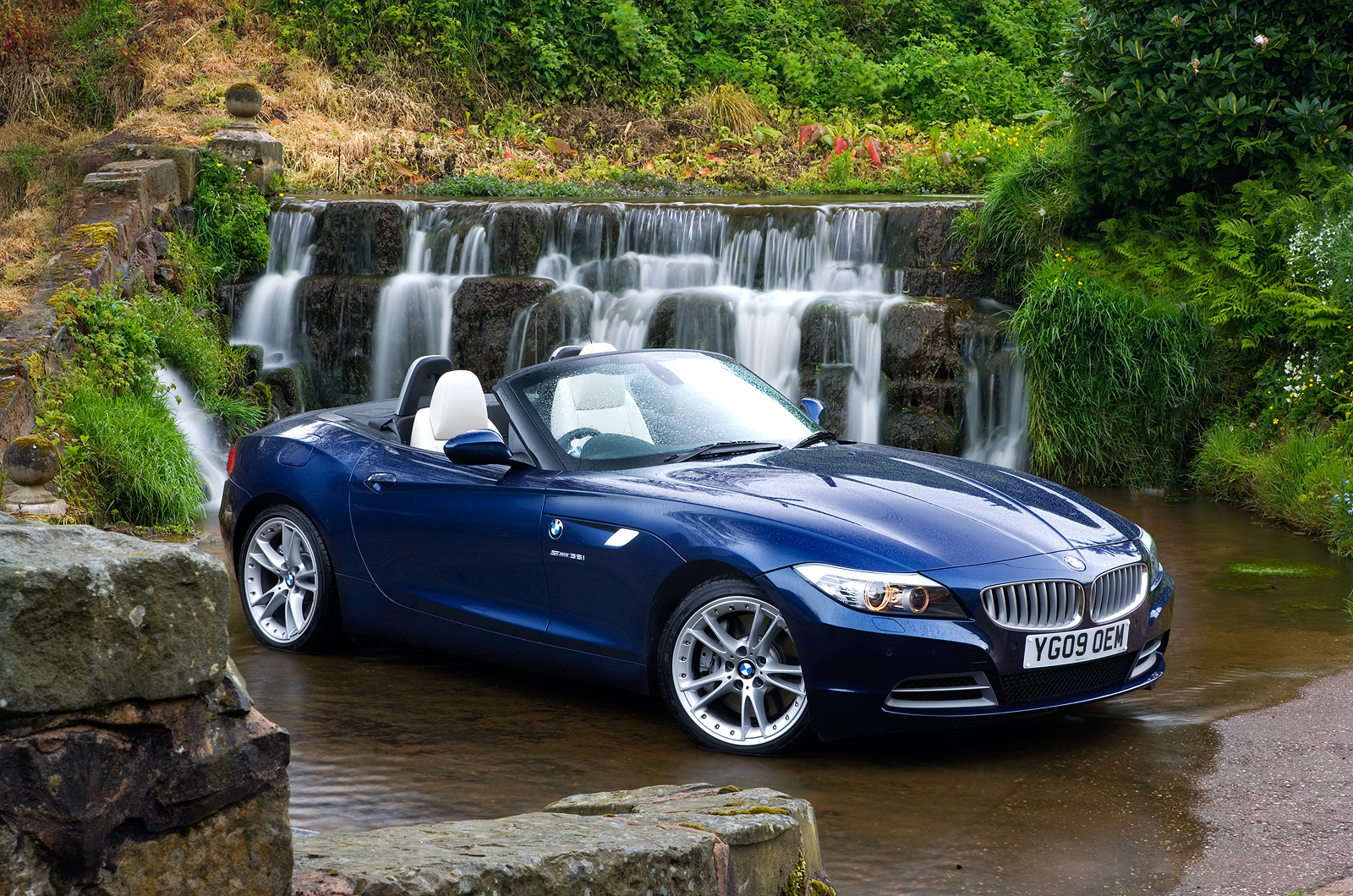The second generation BMW Z4 was introduced in the belief that its bigger dimensions, a folding hard-top (its predecessor had a fabric roof) and adjustable steering, throttle and chassis settings were essential ingredients to make it appeal to a wider audience. Even the BMW's plush cabin now offers more room and better visibility for those wanting a tourer as well as a roadster. This is a very grown up kind of car.
The BMW Z4 is sold with a narrow range of high-output engines. The smallest in the line-up is a 2.0-litre, which is sold with outputs of 181bhp or 242bhp. Then there's a six-cylinder 2.5-litre unit that offers 201bhp, and the rest of the range is filled by a 3.0-litre engine that’s available in three states of tune: 255bhp, 302bhp and 335bhp.
As is the new norm with BMW, the Z4’s nomenclature bears no relation to engine size; the sDrive18i, 20i and 28i get the 2.0-litre units, the sDrive23i gets the 2.5-litre and the three 3.0-litre models are badged sDrive30i, sDrive35i and sDrive35is.
So performance is a top priority for the Z4. But is the multitude of new technologies and the arrival of a folding hard-top really enough to make the second generation Z4 live up to BMW’s claims of a car that can 'morph from comfortable yet sporty cruiser through to outright performance car?'



